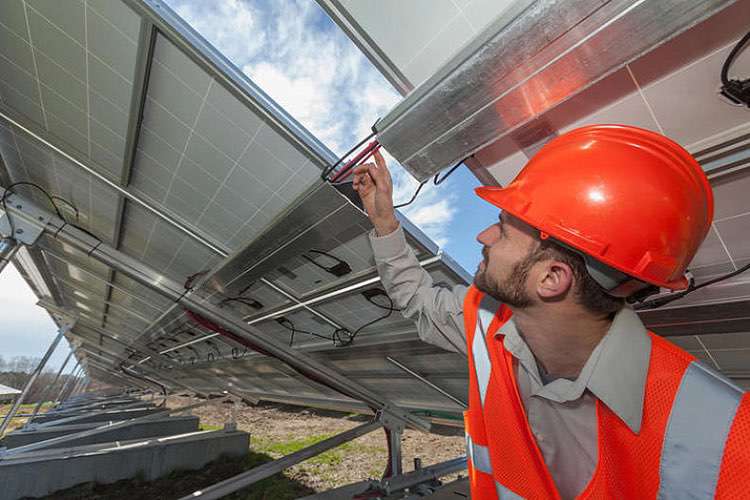 Author: Joey Wan
Author: Joey Wan  October 12,2020
October 12,2020
When installing a photovoltaic system, both low voltage (LV) and photovoltaic cables need to be clearly specified. Since these cables are designed for different applications, their performance characteristics may also be different. For example, low voltage cables are suitable for indoor or protected use, but they are generally not suitable for outdoor applications. An exception to this rule is when cables are buried underground, because photovoltaic cables are not designed for applications that require this. However, photovoltaic cables are suitable for installation in cable trays where the cable does not touch the ground. This is especially useful if there is rodent damage in the environment where the cable is used.

The maximum operating temperature of low voltage and photovoltaic cable products is also different. When determining whether the selected product is suitable for a particular application, this aspect should be considered during the specification stage. In order to ensure continuous operation during the life cycle, the maximum continuous operating temperature of low-voltage cable products is 90 degrees, while photovoltaic cable products require 120 degrees. Photovoltaic cables must have anti-ozone properties, while low-voltage cables do not have this requirement. Although low-voltage and photovoltaic cables have the same basic function of transmitting power, their response to the environment is different according to the difference in cable design.
JZD cables provide TUV certified single-core, 2-core photovoltaic cables, MC4 cables, and various photovoltaic accessories.
